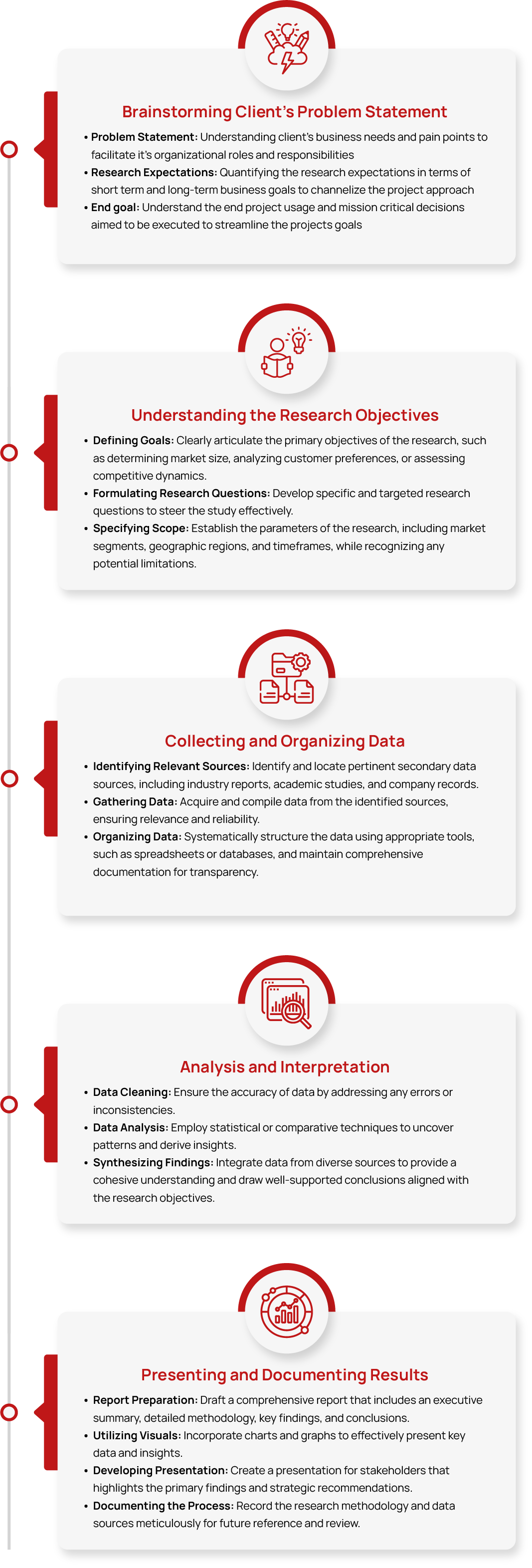Global Agricultural Sprayers Market Size, Share, Growth and Trend Analysis Report, 2032
- Summary
- Market Landscape
- Methodology
- Table of Contents
Global Agricultural Sprayers Market Size, Share & Growth and Trend Analysis Report, By Product Type (Self-propelled, Tractor-mounted, Trailed, Handheld, Aerial), Power Source (Fuel-based, Electric & Battery-driven, Manual, Solar) and Regional Forecasts (Asia Pacific, Europe, North America, Latin America and Middle East & Africa), 2024 – 2032
Agricultural sprayers are devices used to apply pesticides, fertilizers, and herbicides to crops, ensuring effective protection and growth. They come in various forms, such as handheld, backpack, or tractor-mounted, depending on the scale of the operation. Sprayers help evenly distribute chemicals, improving crop yield and health.
The Agricultural Sprayers Market was estimated to be valued at more than USD 3 billion in 2024 and is projected to reach USD XX billion by 2032, growing at a Compound Annual Growth Rate (CAGR) of XX% during the forecast period from 2025 to 2032.
Industry Trends
The increasing emphasis on sustainable farming practices, food security, and the integration of smart technologies like IoT and AI in agricultural sprayers are transforming traditional farming. These advancements enable real-time monitoring, precision targeting, and automation, improving overall efficiency and sustainability.
Additionally, the adoption of precision agriculture is driving the demand for advanced sprayers that optimize resource use and minimize environmental impact.
The agricultural sprayers market is driven by the need for efficient farm management to tackle challenges like fluctuating prices, resource scarcity, and unpredictable weather.
The growing demand for productivity enhancement, cost-effectiveness, and reduced environmental impact has led to the increased adoption of modern sprayers. Additionally, government subsidies and awareness programs worldwide are encouraging farmers to invest in advanced farming equipment.
However, the high capital investment required for advanced agricultural sprayers, particularly those equipped with GPS-enabled and automated systems, poses a significant challenge. Small and marginal farmers in developing regions struggle to afford these technologies, leading to continued reliance on traditional farming methods.
Furthermore, concerns regarding chemical drift and its environmental and health risks necessitate stricter regulations, eco-friendly innovations, and better user training to ensure safe and sustainable usage.
Industry Expert's Opinion:
- Hector Xu, Rotor CEO
“The Sprayhawk represents a significant leap forward in agricultural aviation, we’ve combined the capabilities of a full-scale helicopter with the cost-effectiveness and safety of a drone. There’s nothing else on the market that’s as productive, reliable, and future proof as this.”
TT Consultants’ Perspective
The Global Agricultural Sprayers Market is experiencing robust growth, propelled by advancements in technology and the increasing adoption of precision farming techniques. The integration of smart technologies such as drones, IoT, and automated systems is improving spraying efficiency, reducing environmental impact, and optimizing resource utilization.
With rising demand for sustainable agriculture, stricter regulations, and a focus on crop yield enhancement, the market is poised for continued expansion in the coming years.
Market Segmentation
1. By Product Type (Self-propelled, Tractor-mounted, Trailed, Handheld, Aerial)
Self-propelled sprayers held the largest market share of USD XX billion in 2024 for the agricultural sprayers market, offering superior efficiency, durability, and flexibility for large-scale operations. Their versatility for all-season use and high-ground clearance makes them essential in modern farming.
Aerial sprayers are rapidly gaining traction and growing at a CAGR of XX%, driven by the integration of automated technology and their ability to cover large areas with minimal labor, positioning them as an increasingly popular option among advanced farmers who prioritize efficiency and scalability.
2. By Power Source (Fuel-based, Electric & Battery-driven, Manual, Solar)
Electric and battery-driven sprayers are projected to experience the highest CAGR of XX% in the agricultural sprayers market during the forecasted period, supported by their eco-friendly nature, cost-effectiveness, and low maintenance. Their adoption is accelerating, particularly in regions where sustainable farming practices are prioritized.
On the other hand, fuel-based sprayers continue to hold a substantial share in the agricultural sprayers market due to their robustness, efficiency in high-volume spraying tasks, and familiarity among traditional farmers, especially in large-scale operations where power and endurance are crucial.
3. By Region (Asia Pacific, Europe, North America, Latin America and Middle East & Africa)
The Asia Pacific region leads the global agricultural sprayers market, valued at USD XX billion in 2024. The region’s dominance can be attributed to the widespread adoption of agricultural machinery, government subsidies, and modernization efforts, particularly in countries like India and China.
North America follows closely, driven by innovation, advanced agricultural technologies, and a focus on tailored solutions for farmers’ specific needs. Meanwhile, Europe is making significant strides in sustainability, with increasing adoption of smart farming techniques and partnerships between leading agricultural machinery companies.
South America and the Middle East & Africa are emerging as high-growth regions, supported by increasing mechanization, favorable government policies, and growing awareness of modern farming practices. Brazil has also become a significant hub for agricultural equipment manufacturing and exports, while African countries are exploring the adoption of cost-effective, multifunctional machinery to boost their agricultural productivity.
Competitive Scenario
Key companies in the agricultural sprayers market include AG Spray Equipment Inc. (U.S.), Amazone H. Dreyer GmbH & Co. KG (Germany), Bucher Industries AG (Switzerland), CNH Industrial N.V. (U.K.), Deere & Company (U.S.), Exel Industries SA (France), H&H Farm Machine Co. (U.S.), KisanKraft Limited (India), Kubota Corporation (Japan), and STIHL (Germany), among others. These companies are at the forefront of agricultural sprayer technology, helping to shape the future of the industry.
Recent Developments and Strategic Activities:
- In September 2024, Kubota Corporation, along with its U.S.-based subsidiary Kubota North America, announced the acquisition of Bloomfield Robotics. This acquisition aligned with Kubota's long-term vision of integrating Bloomfield’s advanced imaging technology with its crop monitoring solutions. The goal was to drive innovation in the agricultural sector by enhancing the integration of tractors, sprayers, and other farming equipment into the U.S. market, particularly in the specialty crop segment.
- In June 2024, Kverneland Group partnered with DAT to expand the market share of precision spraying systems. Through this collaboration, the DAT Ecopatch system will be integrated into Kverneland sprayers across Norway, Germany, the Netherlands, and other regions in Europe.
- In August 2023 American Spring & Pressing Works Pvt. Ltd., an Indian agricultural equipment manufacturer, inaugurated a new production facility in Balwada, Gujarat. The plant is dedicated to developing advanced and cost-effective agricultural sprayers, dusters, and other machinery to enhance agricultural activities and improve operational efficiency.
- In July 2023 Deere & Company acquired Smart Apply Inc., a U.S.-based spraying equipment manufacturer. This strategic acquisition aims to foster innovation and develop advanced solutions for high-value crops, enhancing precision, efficiency, and sustainability in agricultural spraying.
- In April 2023 Bosch BASF Smart Farming partnered with AGCO Corporation to introduce and commercialize smart spraying technology for Fendt Rogator sprayers. This advanced technology, focused on resource optimization and precision farming, is set to be launched across the Americas and Europe in 2024.

Please fill out the form to request the ToC and gain access to detailed insights in the report.
Request Table of Contents







